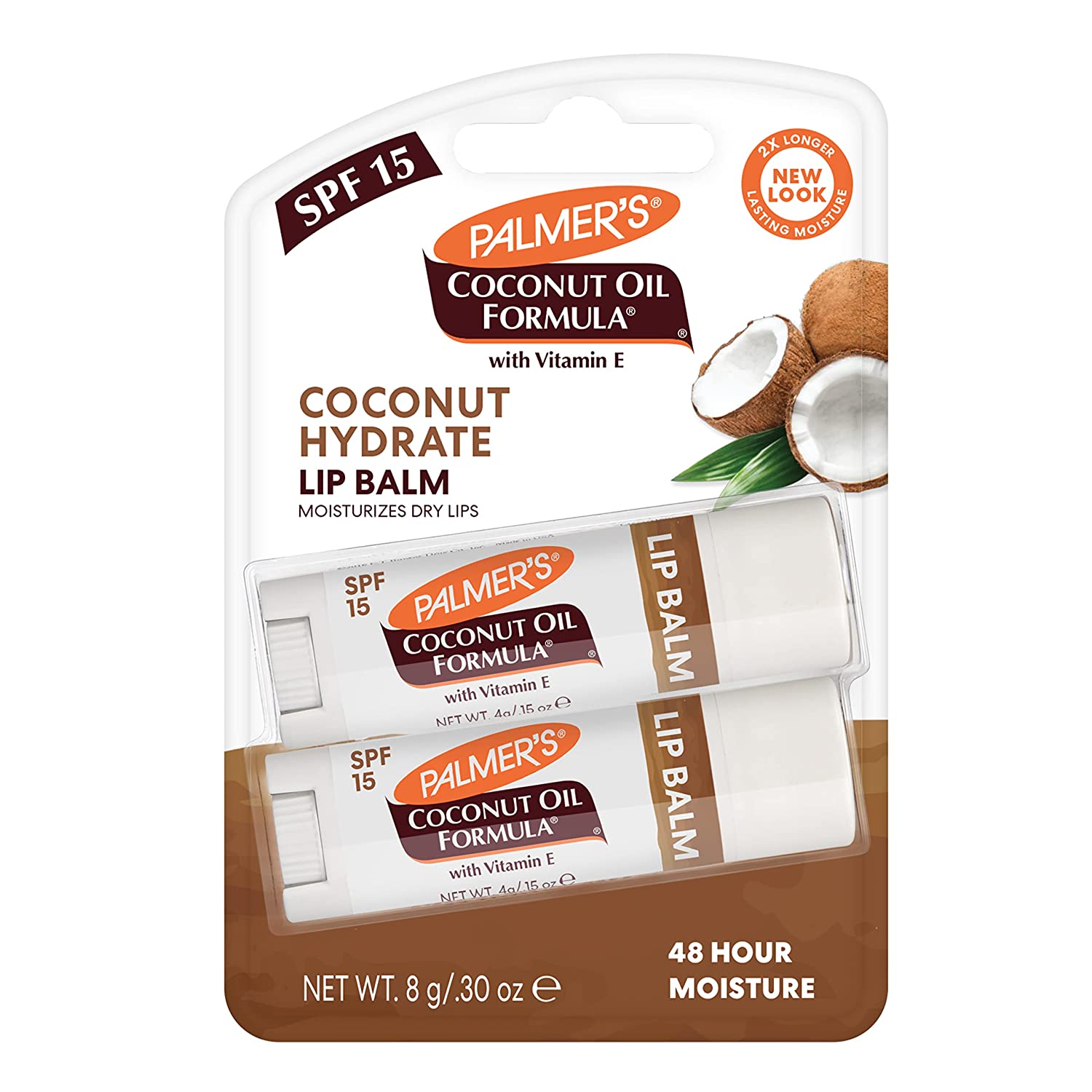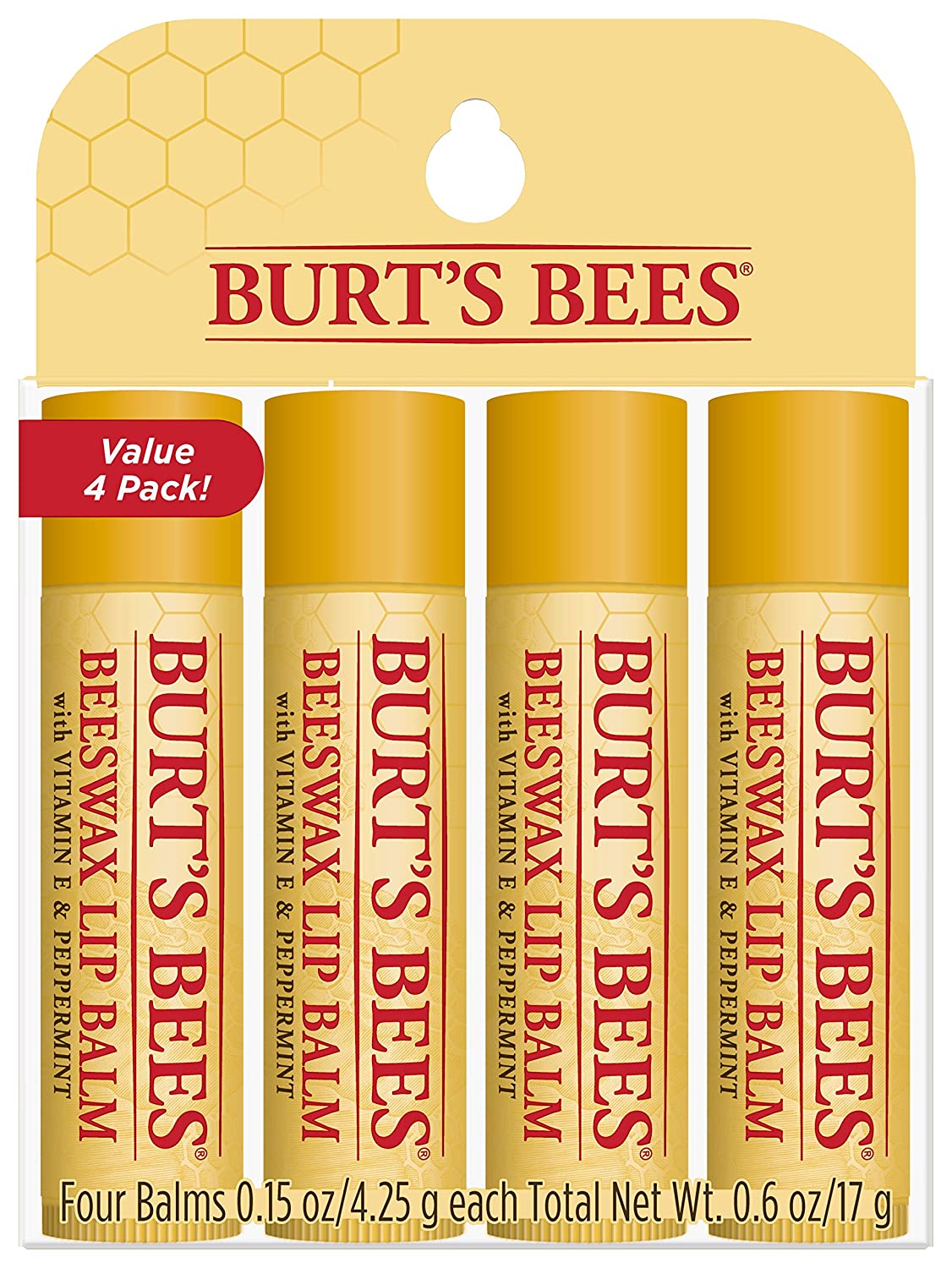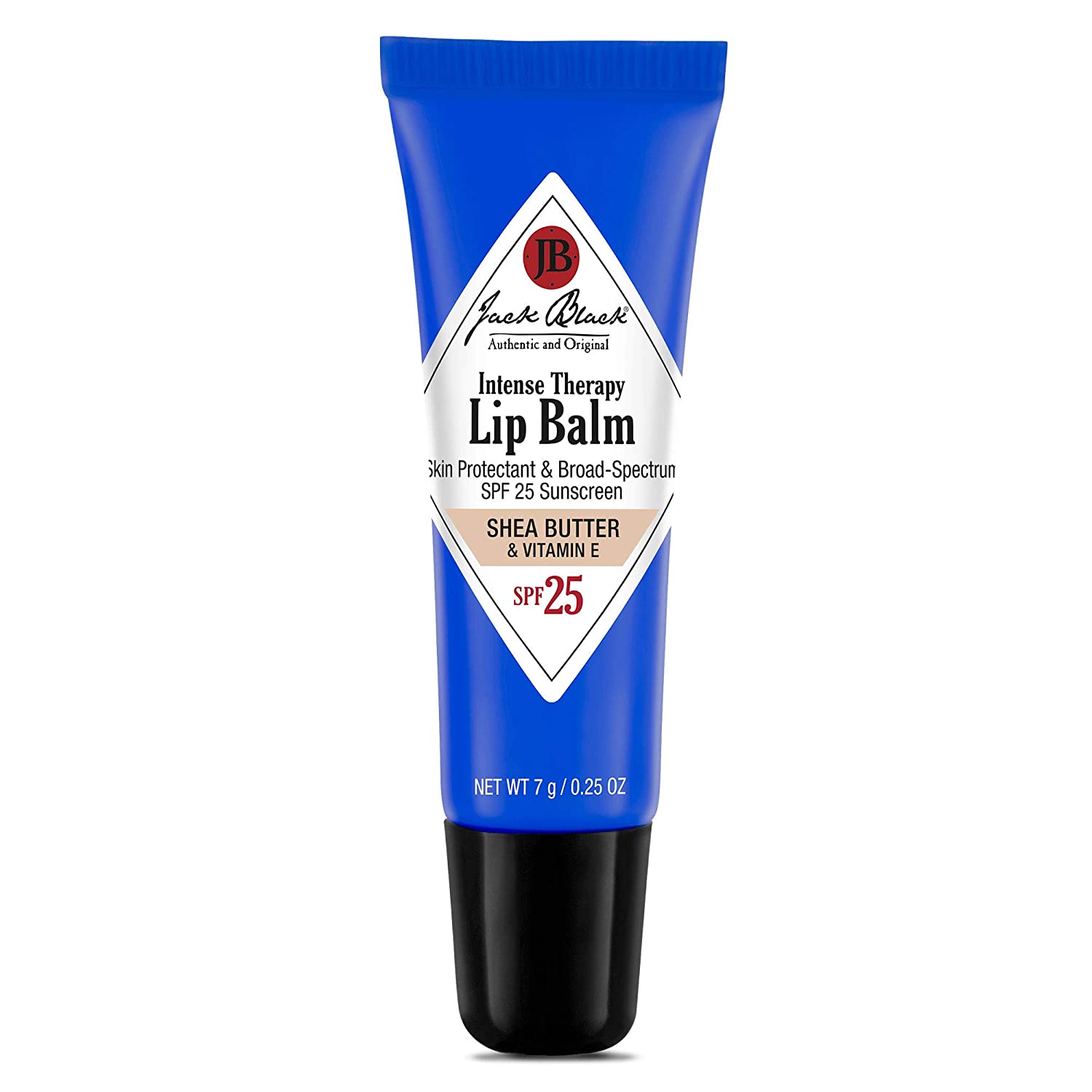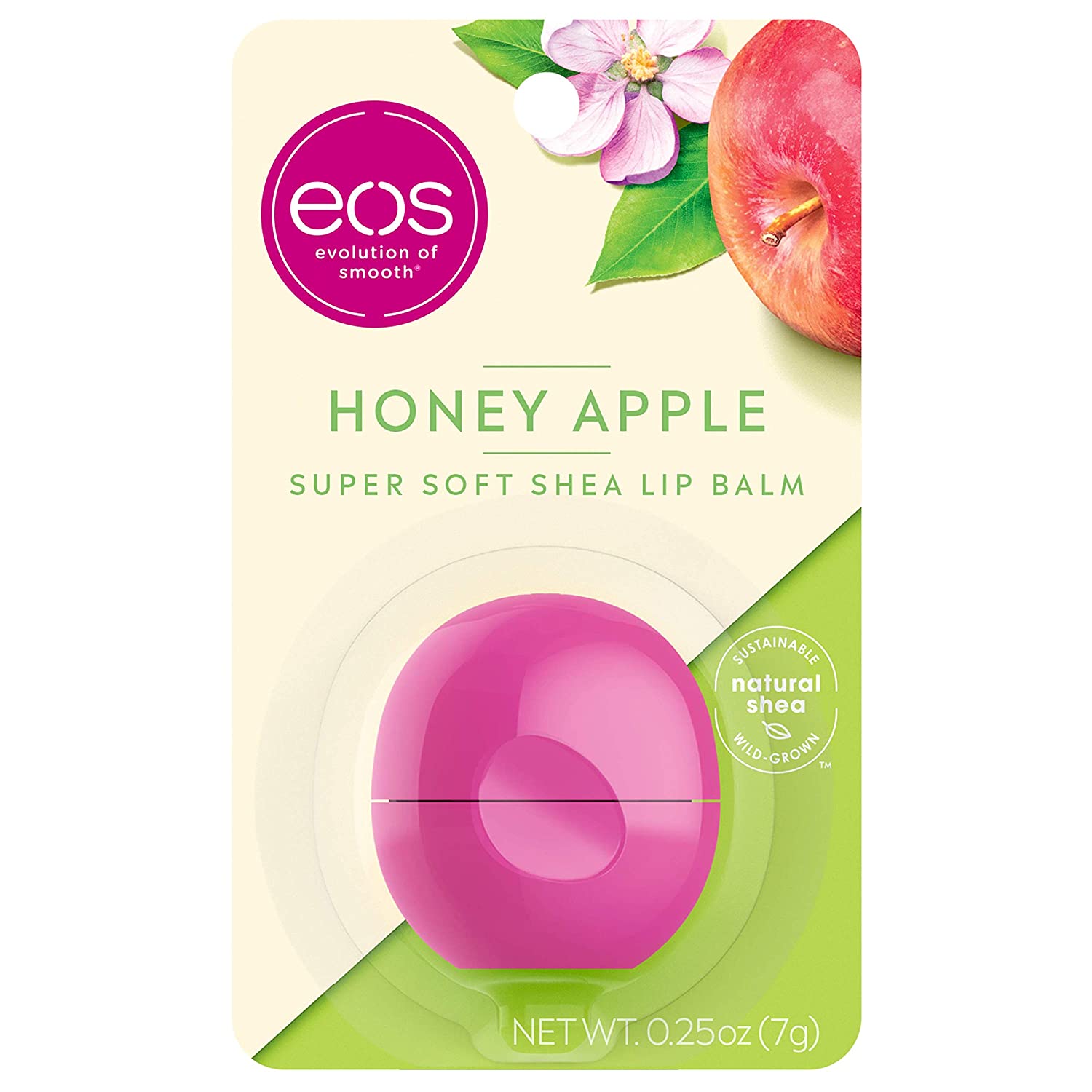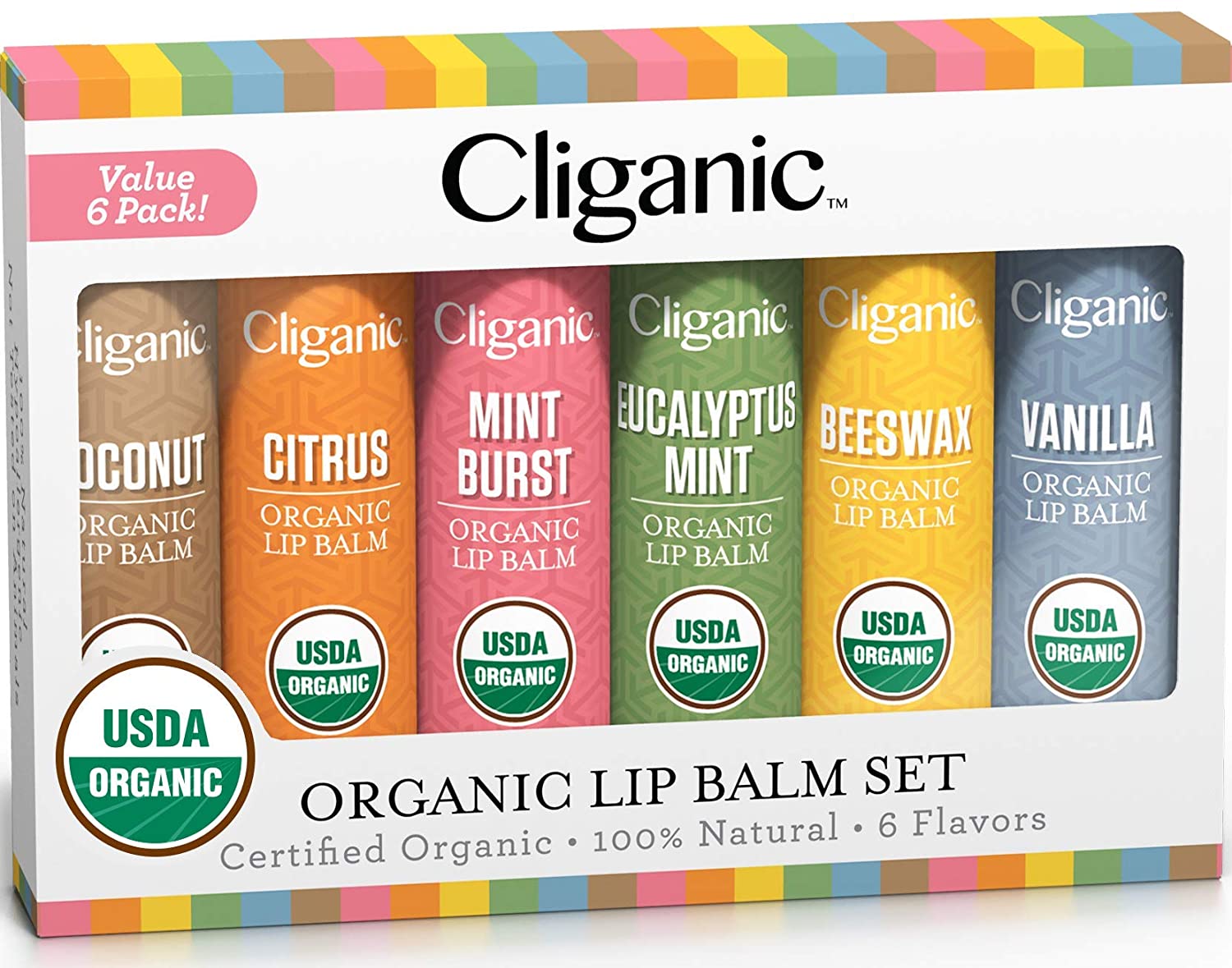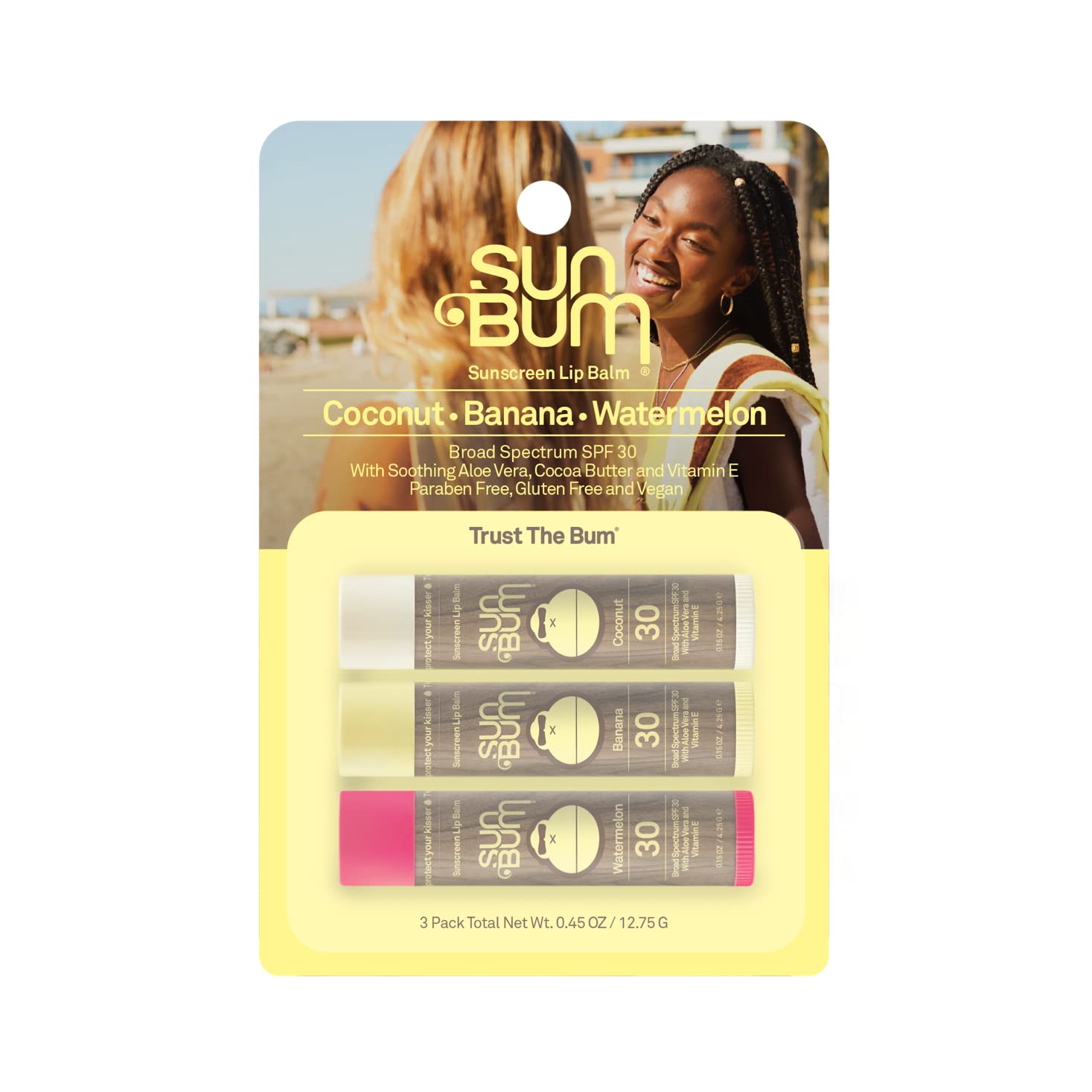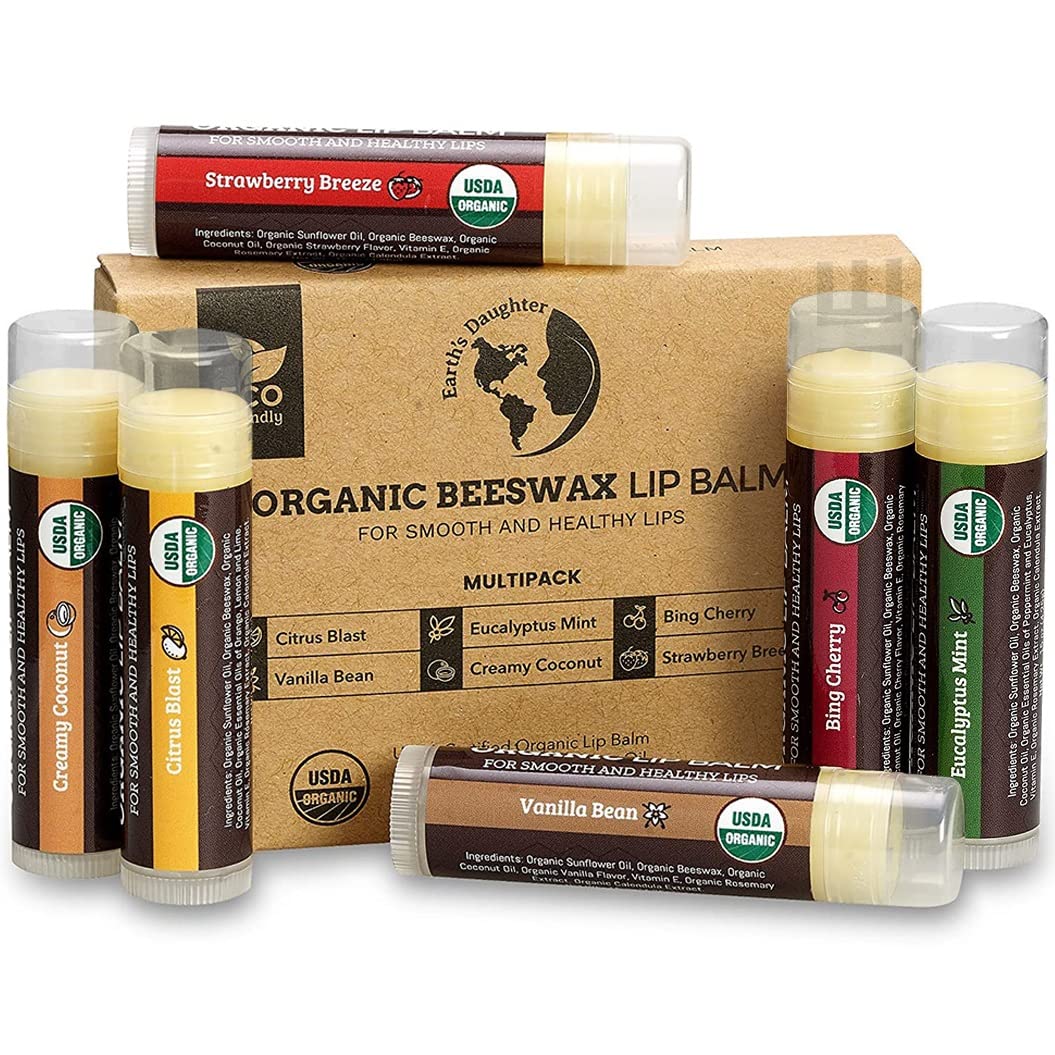Palmer’s Vitamin E & Coconut Oil SPF 15 Lip Balm, 2-Pack
Last updated: June 13, 2022
We looked at the top Lip Balms and dug through the reviews from some of the most popular review sites. Through this analysis, we've determined the best Lip Balm you should buy.
Product Details
In our analysis, the Palmer's Palmer's Vitamin E & Coconut Oil SPF 15 Lip Balm, 2-Pack placed 7th when we looked at the top 7 products in the category. For the full ranking, see below.
From The Manufacturer
Lip Balm: This decadently creamy coconut lip balm with SPF 15 keeps lips hydrated all day long and protects against chapping, cracking and environmental damage from the sun or wind. Hydrate and Replenish: Crafted with antioxidant-rich Extra Virgin Coconut Oil to rehydrate and renew dry lips; This twin pack is perfect for storage in multiple locations. Finest Ingredients: We strive to use only the finest natural, raw ingredients to bring you soft, hydrated and beautiful hair and skin; We support sustainable production of Shea and Cocoa Butter and Coconut Oil worldwide. Choose What’s Real: Our beauty products and hair and skin treatments feature real high-quality, plant-based ingredients in formulas that really work to hydrate and soften, from lip balm to bar soap to body butter.
